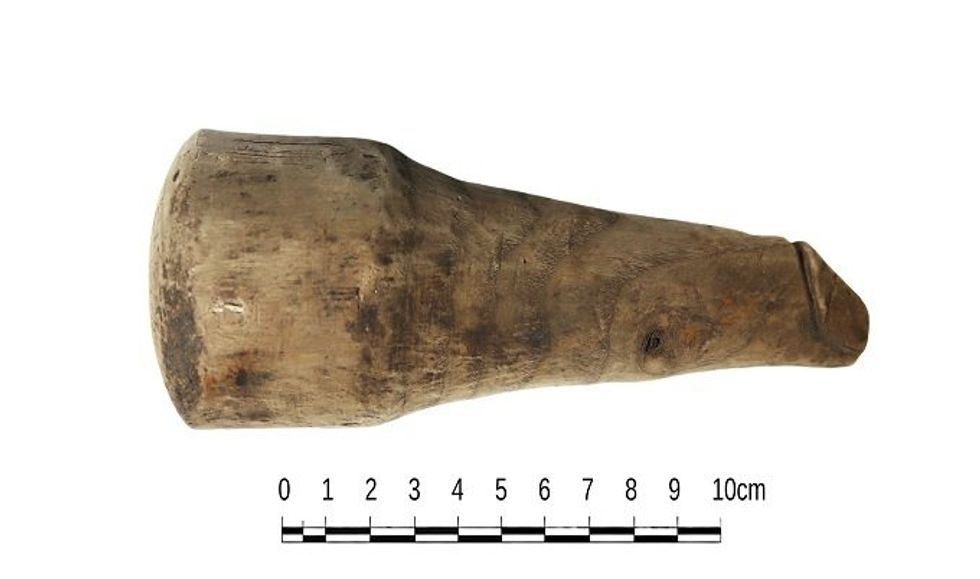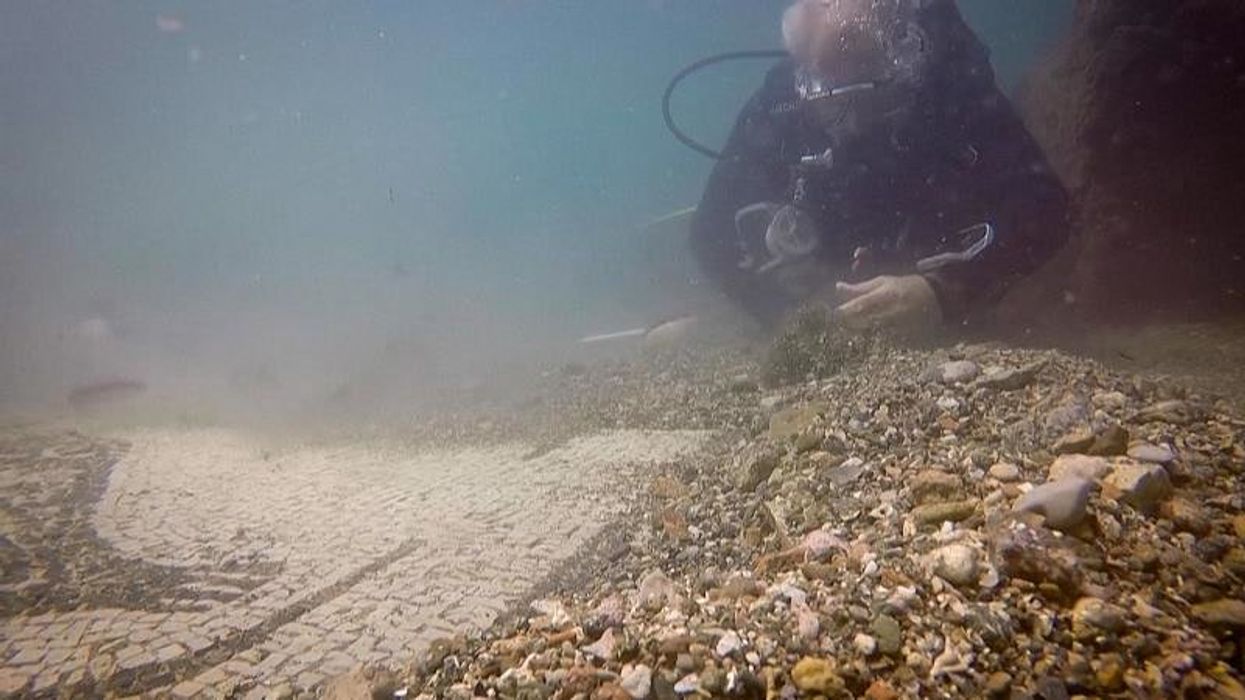A 2,000 year-old wooden object that was first described as a "darning tool" may actually be an ancient dildo, according to a re-examination by archeologists.
It was first discovered back in 1992, at the Roman fort of Vindolanda in Northumberland where it's original label was given.
At 16cm long, researchers believe it may have been bigger since wood has likely been shrinking and warping over time, while it also had smoother ends which suggested it was used for something over a period of time.
Sign up to our free Indy100 weekly newsletter
“I have to confess, part of me thinks it’s kind of self-evident that it is a penis," Newcastle University archaeology senior lecturer Rob Collins as per The Guardian.
"I don’t know who entered it into the catalogue. Maybe it was somebody uncomfortable with it or didn’t think the Romans would do such silly things.”
The phallus has been analysed by researchers at Newcastle University and University College Dublin who found it to be the first lifesize wooden dildo from Roman times.
“The wooden phallus may well be currently unique in its survival from this time, but it is unlikely to have been the only one of its kind used at the site, along the frontier, or indeed in Roman Britain," Barbara Birley, Curator at the Vindolanda Trust, said.

However, there are some alternative theories as to what the wooden implement could be that are detailed in a paper published in the journal Antiquity.
The first being that it could be a sex toy, though Collins noted how it may have been used as an object of torture.
“Sometimes they [dildos] weren’t always used for pleasure … they can be implements of torture so I’m very conscious of using the term sex toy. Hopefully that is what it was used for. That is the most exciting and intriguing possibility," he said as per The Guardian.
He added that it is known from Greek and Roman poetry and art that dildos were used in this time period.
The second hypothesis being it could have been a pestle, a tool to grind up ingredients in culinary, cosmetic and medicinal contexts.
A third theory was that it was part of statue where people walking past would touch for good luck which was common in the Roman empire.
After the Vindolanda phallus, it is hoped by researchers that there will be searches for similar objects - but for now, the wooden dildo is on display at the Vindolanda museum.
Have your say in our news democracy. Click the upvote icon at the top of the page to help raise this article through the indy100 rankings.













